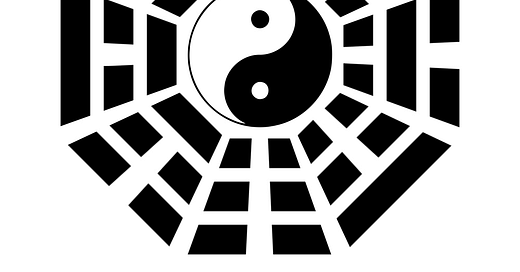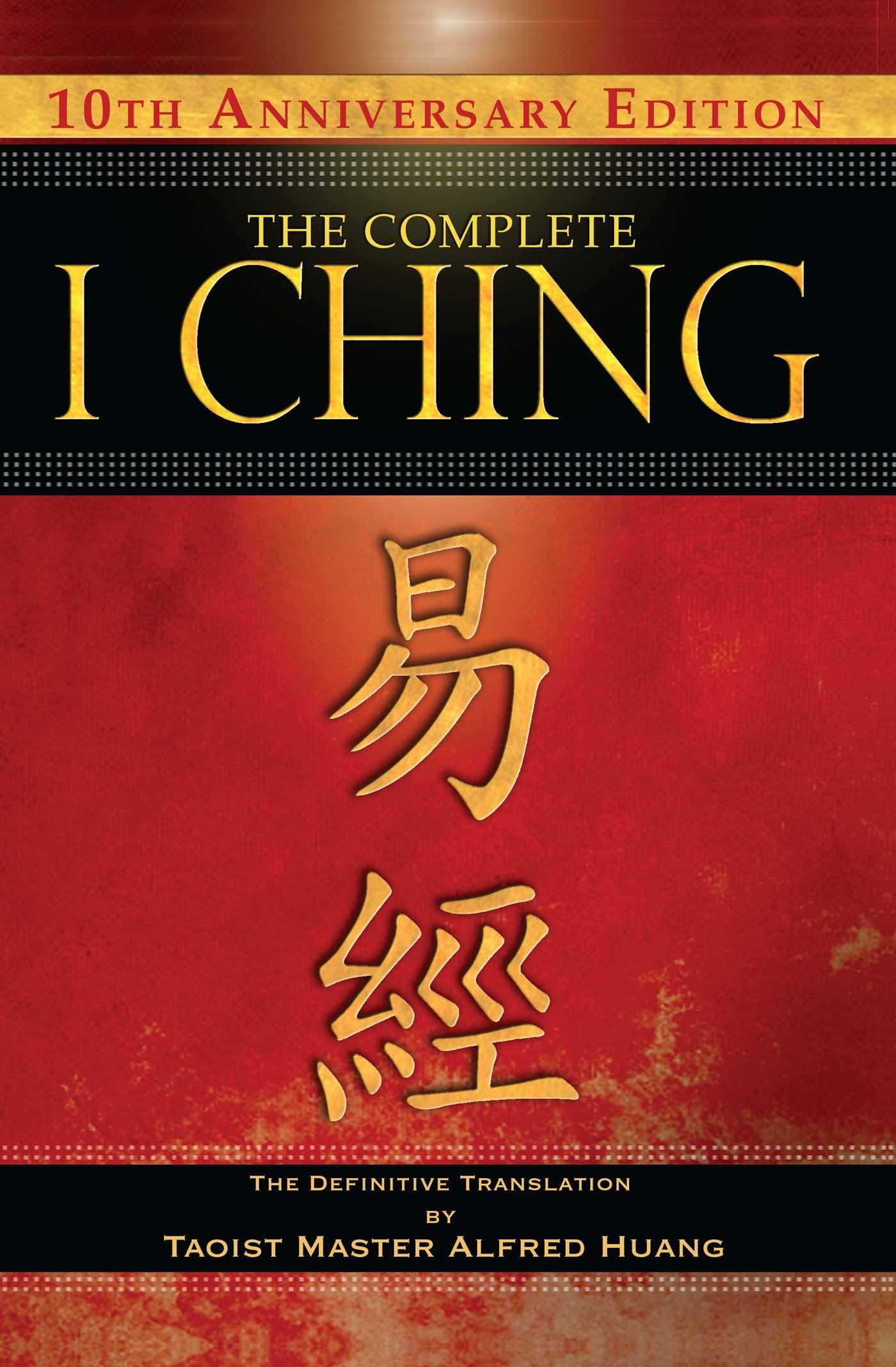The Book That Keeps Me Woke
The year was 2014. With my divorce now in the rearview mirror, I began to take a deep dive into Taoism, the philosophical tradition of Chinese origin that explores “The Way” of natural flow and harmony.
Seeking a teacher who could offer some guidance on this journey, I did a web search with “Taoist teacher” as my keyword. This led me to stumble upon a site called “Personal Tao” and my soon to be teacher and mentor Casey Kochmer.
I recall our first phone conversation well, sitting in a Denver area park on a pristine summer afternoon. My big takeaway from our conversation was that all of us possess what he referred to as “essence,” — a sacred bridge to our inner and outer worlds.
According to Casey, identifying this is the key to the Taoist journey. In my case, this was embodied in one word — “Connection.”
Since then I followed a smple mantra that defines my day to day reality
“Follow the breadcrumbs that life delivers and it will effortlessly provide you with answers along the way.”
Ka-Ching!
By way of Taoism, I was recently introduced to the “I Ching,” an ancient book exploring the dynamics of change in human life. The book shows that by understanding the patterns and cycles of change that we experience on our sacred journey, one can better prepare for future events and life decisions.
The I-Ching has been the go-to source for millions of Chinese on how to live an ethical and thoughtful life. Over the years endless Confucian, Taoist, Buddhist, and, later, even Christian schools of thought, and traditions have been spawned from it.
The key to navigating the I Ching in my view is to not get lost in its inner workings. I instead read it like a free-flowing story that offers value even when it might not make sense.
The book’s foundation is revealed through a numerological system based on Yin and Yang, two polarizing forces that are important in maintaining a balanced universe.
Only in the past 50 years has the Western world embraced the I Ching, replete with cultural biases and distortions to the original work. Admittedly a tough read for my logically oriented mind, the book offers a paradoxical, complex, and often mysterious interpretation of life — one where everything is connected and in a restless state of change.
Ultimately my biggest takeaway has been that there is a natural order of things in life that can flow effortlessly for us when we align ourselves to it.
Amid the vicissitudes of life, the book shows that there is a systematic and predictable balance between the natural and human worlds. They are exquisitely aligned mirrors of each other — the proverbial “Yin” and the “Yang.” When one moves the other responds in kind.
Finding An Accessible Translation
The Boulder bookstore nestled in downtown Boulder, Colorado is where I first discovered “The Complete I Ching” written by Master Alfred Huang. But on the heels of the uncertainty that has enveloped the world with the Covid-19 pandemic, I recently decided to take a deep dive into it and have been pleased with what I’m discovering.
One of the gifts of this book is that Huang has made it such an accessible read with his easy to grasp commentary. Each I Ching hexagram is introduced by Huang through a brief overview of its meaning and the Chinese character associated with it. His writing flows in a conversational and purposeful way, as though he is speaking directly to me, the reader.
In the end “The Complete I Ching” provides an easily accessible yet technically reliable translation of this sacred book. While the better known Wilhelm/Baynes translation is considered by many to be the creme al la creme of translations, Huang’s book is far less dry and laborious.





